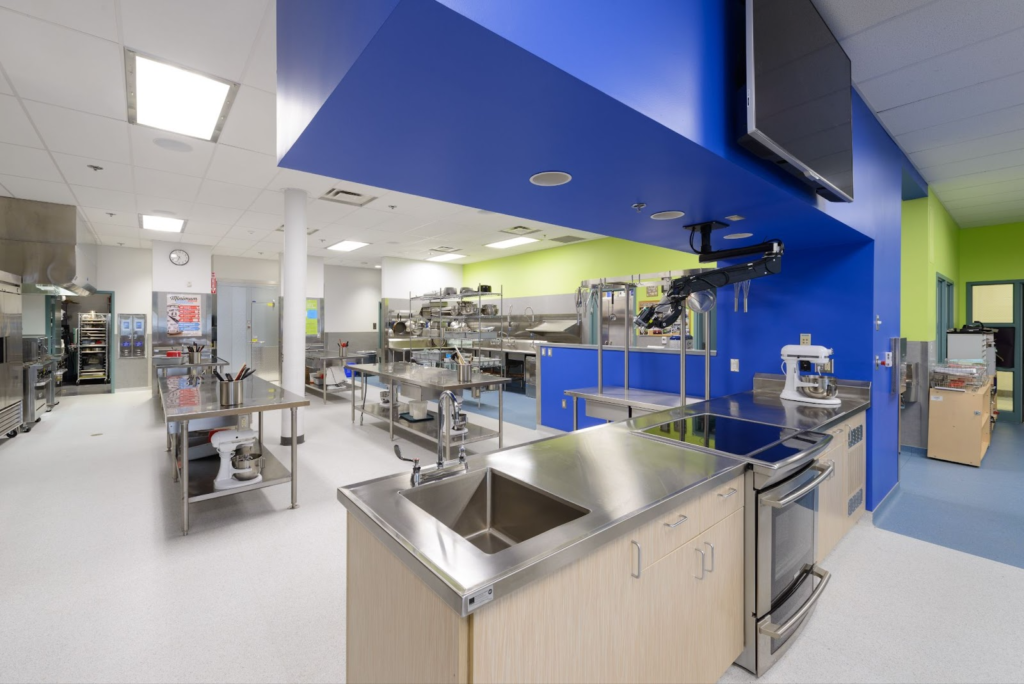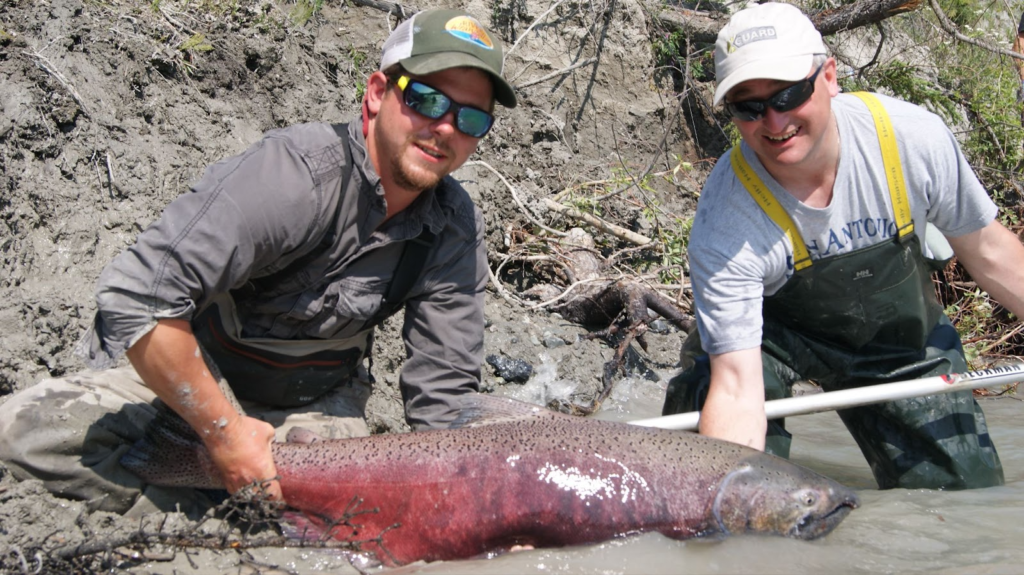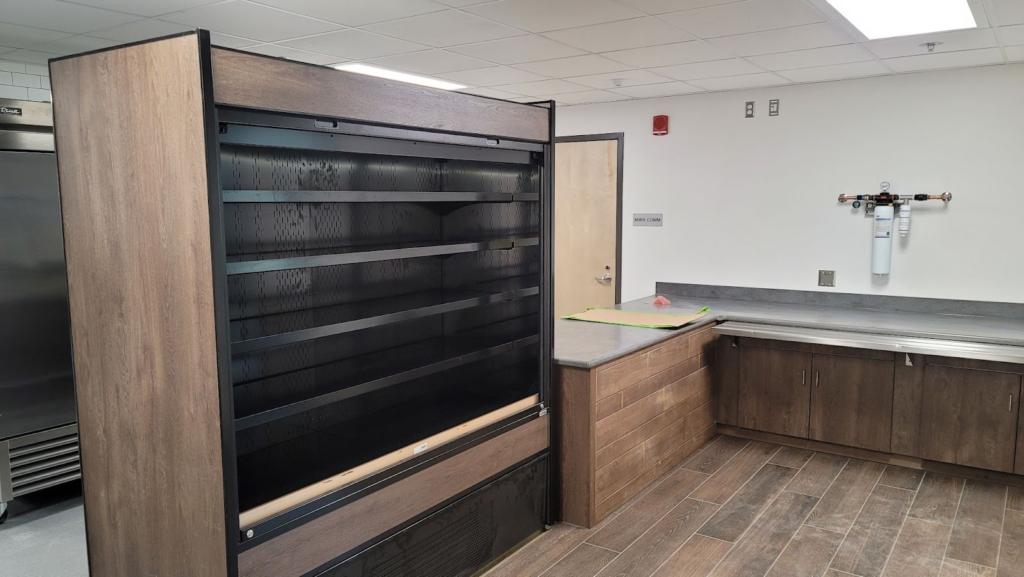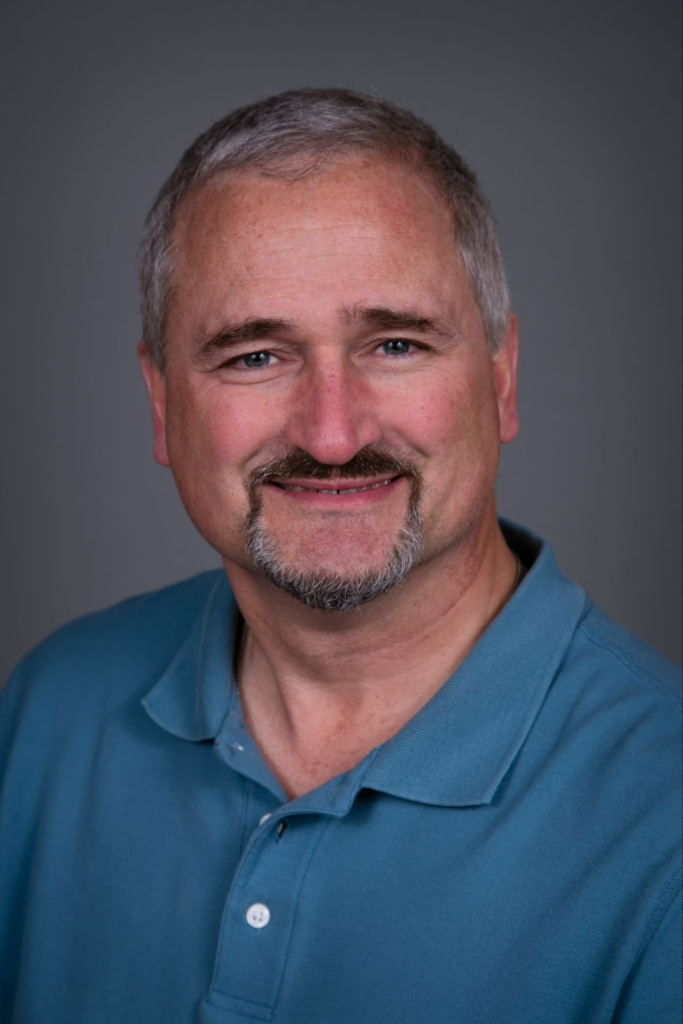We recently sat down with Tim Agosti of Arctic Food Service Design Group to discuss the history of his business located in the last frontier and why he trusts Arctic for all of their cooling needs.
Tim, please briefly tell us a little about yourself and career as a foodservice consultant.
“I started working with my father, who was a food service consultant, in the early 1970’s and worked with him for the next 20-30 years. My original career was working for a dealership in the sales and contracting part of the company, for the first ten or so years of my business career. It was after that I started working with my father, helping him with the design end of things. I actually didn’t get certified as a FCSI consultant until 1999 and my father retired shortly thereafter. I was doing the bulk of the consulting and my father helped with some of the initial aspects of it and also came in to review my work in his early retirement years. Once I became certified in 1999, he was less and less active, while I took on more responsibility at that time. It was a learning experience right from day one, because to be a consultant, you have to constantly learn and keep up to date with current trends and current market developments, technical developments with manufacturers, etc. It’s a continuous learning process, as many consultants will tell you. You’ve got to always keep up to date.”
Name is the same, yet Arctic Food Service Design Group is its own company and based in Anchorage, Alaska at that. A bit different from Arctic Walk-ins based in Florida and California. Can you tell us the company story, how the organization came to be?
“I was born and raised here in Alaska, so Alaska is my roots. My parents came to Alaska shortly after statehood in 1959. The unique part of it all, as far as consulting in Alaska is concerned, I’m the only certified consultant here in the state of Alaska, so I do have sort of a captive market, which is nice to be in that position. I work with many of the architects around the state and many of the end users as well in doing various design projects for them.”
How is it different operating in what many consider a distant/remote territory? Are there different considerations for doing business in Alaska or the Pacific Northwest?
“The challenge for me as a consultant is access to available training and educational seminars. It’s very expensive for me to fly out of the state and attend some of these events, even just with the Northwest functions with our Northwest chapter. It’s a true commitment when I do make that effort to get out of state. There’s time involved and there’s time away from the office, as well as any expenses involved in attending these events. Although, the last few years with the advent of Zoom and other Web meeting platforms, it’s helped greatly to minimize the cost. I’ll still attend some of the events and have one on one training sessions with manufacturers, like Arctic, when we feel like there’s a major event taking place and we need to be there to represent in-person.”
There is much talk in regards to the economy and how consumer sentiment is being affected. What are your thoughts around customer sentiment, foodservice demand for the remainder of 2023 and into 2024?
“Alaska is typically slow to adopt some of the the trends that happen in the 48 contiguous states. There are even certain trends that never even come to Alaska that I read about in the 48 states. You’ve got to be up to date and be aware that a lot of these things won’t apply here and be willing to adjust accordingly to what the people are looking for. You always hear about consultants saying that the end users are not as technically savvy as the younger generation that grew up with cell phones and the internet. We didn’t have that here until the early 1980’s. Our technical leap was with fax machines, that’s how old I am. Instant communication back then was with fax machines, now if you don’t get a response in three minutes, you’re left wondering what’s going on?”


How do you see the walk-in specifically from a strategic approach as it is a different animal, often the biggest piece of equipment? Price, quality, technical features; what is your key focus when presenting a walk-in cooler?
“Any product that I specify, I mainly vet it for quality purposes. If the product doesn’t hold up over time, no matter what you paid for it, you’re still losing out on your investment. You may have saved $1,000 in the initial construction cost, but then if you have to replace it in ten years, why buy the product? You want a product that’s going to give you reliability over the full service life of the product. That’s why when I reviewed Arctic, it was something that I felt would stand that test of time, and it’s proven to be the case so far.”
What would you like to see improved in walk-ins from a design/technology/functionality perspective?
“I have visited a few walk-in manufacturing facilities and it boils down to how well the panel is constructed. I’ve noticed that the Arctic panels have their superiority in the little details, it’s what makes them stand apart from other manufacturers. As far as the technological aspect of Arctic branded walk-ins is in those little details, the corners, how the gasketing material is applied at the joints, the door sections, and also more importantly how square the panel is. If the panel is not square right from the get go, even if the installer is the best installer, you’re not going to get a product that looks good when it’s installed. Panels have uneven gaps and I’ve seen too many examples of products that no matter what you do to it, you cannot get it to look good. That ends up affecting me as the consultant because I expect that product to be perfect when I deliver it to the end user. Our customers look at me saying, “You gave me this,” and then it’s my reputation on the line. In regards to refrigeration, as far as condensing units go, you pretty much find that consistency with most manufacturers. They’re all up to date with the latest refrigerants and the latest technologies or latest design criteria for the condensing units being able to work in ambient environments that can be up to 120 Fahrenheit, which is pretty typical for an indoor installation. If you do an outdoor installation, you’ve got to have systems in place that will handle the low ambient temperatures down to -20 Fahrenheit conditions here in Alaska, which is a challenge for any manufacturer.”
You have the pleasure of working with our representative, Jayme Verfaillie. How did you connect and what makes that relationship successful?
“I’ve worked with Roller prior to her taking the leadership role there for many, many years. I’ve known them a long time. I knew the previous owners, so there’s that working relationship. When Jamie took the reins, it expanded our relationship even further and created a great synergy between the two companies. Our dynamic went from being able to just talk back and forth, to our companies becoming more personable with each other. I do a lot of salmon fishing here in Alaska, and I often shared with her some of my bounty. She does a lot of pottery work and she shared some of hers, and it has created a fun back and forth between the two of us. It’s great because you don’t get that kind of relationship with a manufacturer’s representative very often.”


You recently worked on the Valdez Walk-in project with Jayme and Roller & Associates, can you walk us through the inception and installation?
“This was one project where I had support from the consulting engineer on the project who I was working under for the client. The installing contractor kept on submitting a product which had a similar name to Arctic’s and I had to say, “No, this is a brand by another manufacturer and I’m not going to approve it because I know that particular manufacturer’s panel quality is on the very low end.” Crazy enough, they tried three different times to submit their off-branded product, and I refused all three times. Finally, the general contractor on the project fired that installing contractor and went to you guys directly to buy the equipment themselves and hired a new refrigeration contractor. I was really appreciative of the support that Arctic provided after that initial submittal fiasco. Arctic jumped right on it and provided the product quickly to the contractor that ordered it and got it installed. Not to mention, it looks really good, so the client is pleased that it’ll last them a long time.”
Please tell us about the Arctic Design three-year plan. Where would you like the organization to be at that time, added personnel, locations, etc?
“I’m a single person consultant, I don’t have any support team behind me. My plan is the same that it’s always been, I will continue working. It seems to have gotten more busy in the last two or three years with projects. There are more projects and more architects that are calling me first for design work. That’s a good thing because now I’m able to provide a level of service that they’re happy with, and the quality of the product that I specify makes the client happy. I also plan on continuing with myself as the only team for my consulting firm. You asked me earlier how my consulting name came about, and my company was originally branded under my father’s name, Lino Agosti & Associates. Back in 2010, I chose to pull out from under that banner and rebrand the business, and that’s where the Arctic name came from. I did a lot of research on different potential names, and this one seemed to match what I do, and where I am located. It seemed to fit for a consulting firm in Alaska.”


What keeps you excited about this industry and being in this business?
“Like many people will tell you, being in the food service industry gets under your skin and in your blood, and that’s what happened to me. I first started working in this industry back in 1980, it was purely a job to me back then. Now it’s become an exciting opportunity to grow and make connections with different people that I work with. When someone looks at a new project, the first thing they focus on is the kitchen. I always think, “Well, what about the rest of the building?” If it’s like a new school, for example, they look at the kitchen first versus the classrooms. Well, isn’t the school about classrooms? You would think that most people would only care about the classrooms, but a lot of my clients see a desire to comment on the kitchen, which gets me excited. If they’re that much more interested in the kitchen, it makes my job so much easier. When they’re interested in the kitchen, I’m interested in their goal, and those two things build off of each other in a contagious way.”
Please leave us with 30 words or less describing Arctic Design? Mission statement, goals, pride for the team, caring for customers, unique location, community, etc?
“I’ve always stressed quality and reliability in the products that I specify, which has paid off in the amount of referrals I’ve received over the years, as well as becoming THE kitchen guy in the state of Alaska. If anybody asks, “Who do I go to for kitchen equipment or design?” They always think of me first.”
Thanks for taking the time to sit down and chat with us, Tim.


